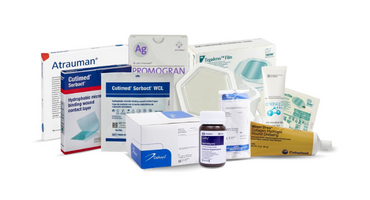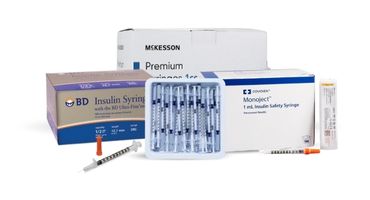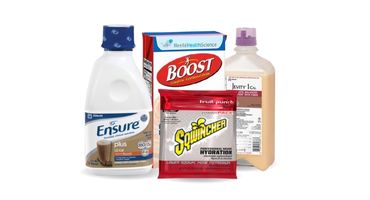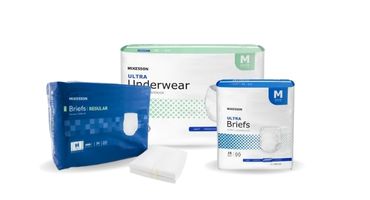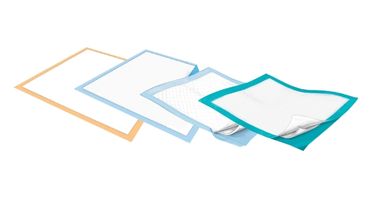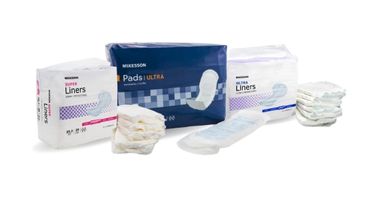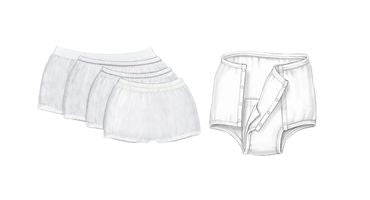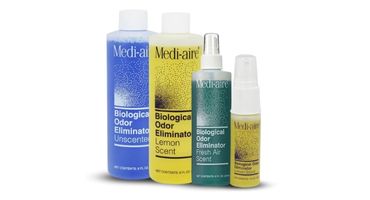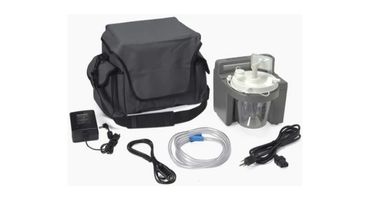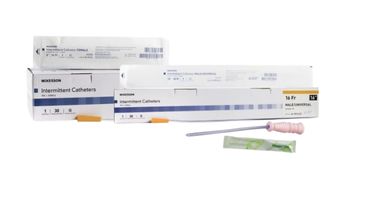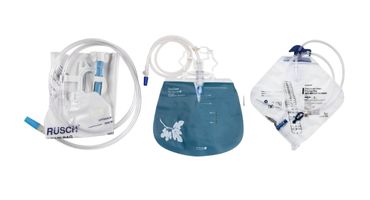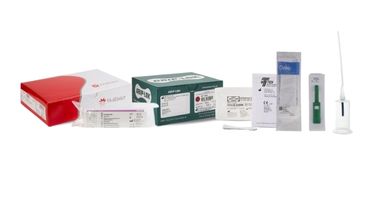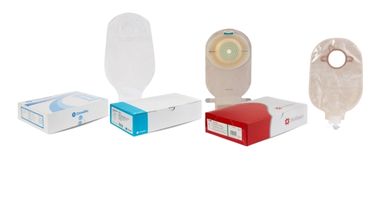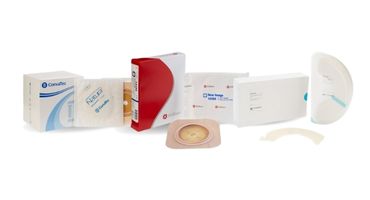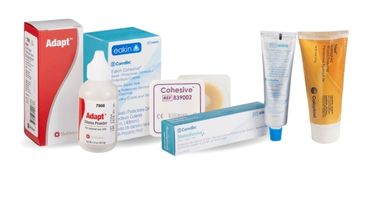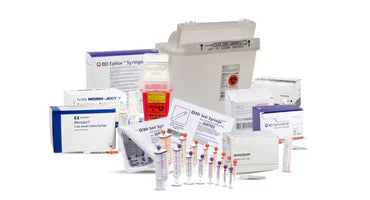Syringes and Needles have been a method of delivering medication has been a practice dating back to the 17th Century. One must use the correct syringe and needle combination and administer it to the appropriate body part. Other common uses of these devices are blood extraction, blood transfusion, and vaccination among other uses.
In Essence, Syringes Comprise Three Key Components:
1. Barrel - The cylindrical shaped piece where the medication or blood is gathered
2. Plunger - A closely fitted device that is push-in or pulled out of the barrel to insert or extract fluid.
3. Tip - This is where the needle hub is attached if the syringe is designed to accept needles.

Syringes are available in an array of sizes from 0.3 mL to 60 mL. While the larger volumes are used for adding medication into intravenous lines and wound irrigation purposes, the 1 mL to 3 mL is appropriate for injections administered to tissues under the skin, Subcutaneous injections, injections to the muscle, and Intramuscular injections.

Tough syringes are typically classified as either Luer-Lock or Non-Luer-Lock, there are many types of syringe tips within the Non-Luer-Lock category. Luer-Lock simply means the syringe can accept a needle, where the needle is twisted and locked into the syringe. The greatest benefit of this design is that it prevents the needle from slipping off the syringe. Below is a list of the different types of tips that are available on the market today:
Type of Syringe Tip:
Regular/Slip Tip: The connection here is secured by slipping or pushing the device against the syringe to sure the connection.
Lure-Lock Tip: This is a screw-type connection where a needle can be attached to the syringe.
Slip Tip: The connection here is secured by slipping or pushing the device against the syringe to sure the connection.
Eccentric Tip: Used for surface veins or artery injections where the tip is off-centered.
Catheter Tip: Designed to be used with tubing or for irrigation and has a longer, tapered slip tip.

Now that we have covered the standard syringes, let's look into the syringes that are designed for specific applications.
Insulin Syringes:
Ranging from 0.3 mL and 1 mL volumes, insulin syringes can be very small in size. Needles that are attached to the insulin syringes are not calibrated in milliliters rather their measuring scale is in units and are calibrated for use up to 100 units. As the name suggests these are typically used to administer subcutaneous insulin injections which in most cases are self-administered.

Tuberculin Syringes:
Generally used for tuberculosis testing, where the contents are injected into the skin of the patient. A major difference between insulin and tuberculin syringes is that the needles in tuberculin syringes are calibrated in milliliters. Typically, tuberculin syringes can hold up to 1 mL of fluid and have a thin barrel with a pre-affixed needle similar to insulin syringes.
For injection purposes, the key component of the syringe is a needle. Let's spend some time with these small pointy instrument that are usually not favored by most of us as we know if we've seen it we are about feel a 'slight pinch'.

Needles:
For our purposes, a needle, in medical terms, is defined as "A slender, solid, usually sharp-pointed instrument used for puncturing tissues" as defined by MediLexicon. A needle that is used with syringes, unlike a sewing needle, is hollow with a hole in the middle so fluid can pass through the needle and inject into the intended subject. Stainless Steel is the material used to manufacture needles and needles have four components.
1. Hub: The end of the needle that is attached to the syringe.
2. Shaft: The thin long stem of the needle.
3. Bevel: The shape of the lumen
4. Lumen: The hollow bore at the sharp end of the needle.

The bevel is the part of the needle that punctures the skin and allows the shaft to enter. There are a few types of bevels available where a longer bevel tip is narrower and sharper, reducing the discomfort when the needle punctures the skin.
Needle Specifications:
Needle Gauge/Thickness:
The main differentiation factor of a needle is its thickness which is measured in Gauge or 'G' and its length measured in inches. A typical range of needle length can be between 1/2" to 3" but insulin and tuberculin syringes may offer short lengths. The diameter of a needle gets smaller as the "gauge" of a needle increases. For example, a 21G needle is thinner than a 19G needle. Needle gauges can range from 7G to 33G while the standard range is between 18G to 27 G.

The thickness of a needle is not to be determined by a patient's comfort level but rather depends on the medication that is to be administered. The thicker the medication, the smaller the gauge must be to ensure the medication can easily pass through the needle into the subject. One must choose a shorter needle if administering a subcutaneous injection and a long needle will be optimal for intramuscular injection.
Vascular Access Needle Gauge Recommendations (by the UNC Eshelman School of Pharmacy)
|
Gauge |
Appropriate Use |
Comments |
|
16-18 |
IV infusion: |
Large vessel required |
|
19-20 |
IV infusion: |
Large vessel required |
|
21 |
IV injection or infusion |
|
|
22-23 |
IV infusion |
Suitable for small or fragile veins |
|
24-27 |
IV infusion |
Especially useful for very small veins |
Needle HUB:
ISO is an independent, non-governmental international organization with a membership of 162 national standards bodies. Among the issuance of standards in other industries, ISO also sets the stands for needle HUBs. ISO has issued a color scheme for needles that assists clinicians identify needle gauges simply by the color of the needle HUB. Below is the full-color scheme that all manufacturers with ISO certification use when manufacturing needle hubs.

Needle Length:
Another deciding factor when choosing the correct needle is the length which can range from 3/8" to 3-1/2" and just as the gauge is designed for different needs. A 3/8" to 3/4" needle is recommended for intradermal injection whereas needles between 7/8" to 1-1/2" are designed for intramuscular injections. 1/2" to 5/8" needles are made for subcutaneous injections and may be overlapped for use with intradermal injections as well.
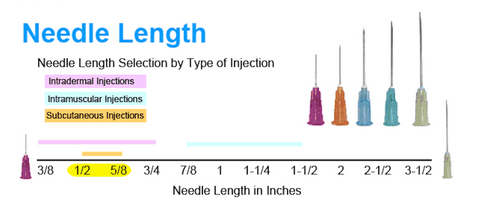
Now that we have discussed, at length, the types and specifications of syringes and needles, let's take a moment to discuss needle angles at the time of administering. Below is a quick description of angles as they relate to different types of injections:
Intramuscular Injections are administered at a 90° angle and the following injection sites are recommended for this type of injection:
- Infants of less the 18 months - Vastus Lateralis Thigh Muscle.
- Children between 18 months and 18 years
- Deltoid muscle (Arm)
- Vastus Lateralis Thigh Muscle
- ventrolateral Site
- Adults (Over 18 years)
- Deltoid Muscle (Arm)
- Vastus Lateralis Thigh Muscle
Subcutaneous injections are administered between 45° and 90° angles and the following injection sites are recommended for this type of injection:
- Anterolateral Thigh
- Upper Outer Tricep
- Upper Buttock
- Abdomen
- Avoid a 2-2.5” radius around the umbilicus
Intradermal Injections are administered between 10° and 15° angles and the following injection sites are recommended for this type of injection:
- Anterior Aspect of Forearm
- Upper Chest
- Upper Back
- Back of Upper Arm

As always our goal is to provide you with the necessary knowledge to make your medical supplies decisions rather than providing medical advice. It is ideal to contact a licensed medical professional for further details as specific conditions/needs require in-depth analysis best performed in person.
Special Offer: For a limited time, Medsitis is offering up to 70% off needles and syringes to help healthcare providers, caregivers, and individuals stock up on essential medical supplies at unbeatable prices. Whether you're ordering in bulk or just need a few key items, now is the perfect time to save. Don’t miss out—shop now while supplies last!

